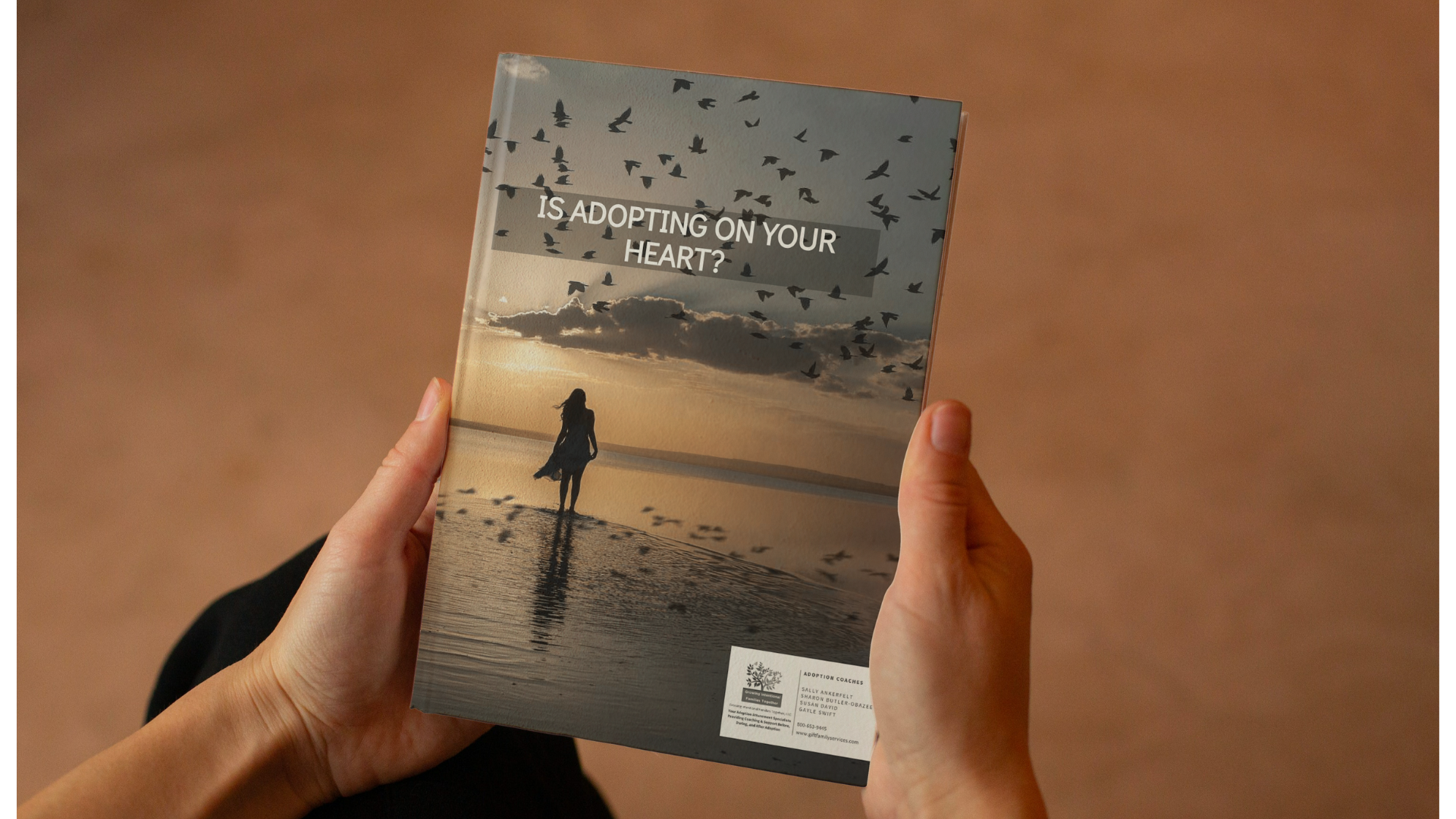 At one time, “bully for you” was a celebratory expression. Today the word bully occupies a lot of attention and exclusively conjures up a world of hurt, rejection and fear. Families, schools, and churches, all struggle to handle this detrimental behavior. Bullying has worsened . Children accept fewer variants from a narrow definition of “acceptable” Today’s youth tighten the parameters of conformity. Violators of these rigid norms are called out, bullied and ostracized.
At one time, “bully for you” was a celebratory expression. Today the word bully occupies a lot of attention and exclusively conjures up a world of hurt, rejection and fear. Families, schools, and churches, all struggle to handle this detrimental behavior. Bullying has worsened . Children accept fewer variants from a narrow definition of “acceptable” Today’s youth tighten the parameters of conformity. Violators of these rigid norms are called out, bullied and ostracized.
As adoptive families, we yearn for acceptance, to be seen as “normal” and “as good as” families form through biological ties. We are especially committed to nurturing healthy, warm relationships. We are also personally aware of the effect trauma has on attachment and developing relationships. As a consequence, we practice compassion and understanding and encourage others to embrace an attitude of empathy, understanding and support for our kids. At some level, adoption makes our children and our families “different”–not “less than,” but nonetheless, different.
We have a vested interest in being strong proponents of inclusion, tolerance and respect for others. Perhaps our initial motivation will emerge from concern for our children. Ultimately, we must care about all children. Everyone deserves to feel and be safe.How do we prepare our children to deal with bullying? How do we train them to choose kindness, respect and tolerance? One excellent resource is Carrie Goldman’s award-winning book, Bullied.
Bullied by Carrie Goldman has been named a National Parenting Publications Awards 2013 Gold Medal Winner and a Mom’s Choice Awards 2013 Gold Medal Winner! It is a complex, well-researched book on bullying. Goldman delineates what bullying is—and isn’t. She offers many ideas and techniques on how to combat it and how to prepare kids to face it, deflect and defuse it. The research she includes buttresses her suggestions very well. These are not pie-in-the-sky suggestions, but well-documented strategies. Bullied moves beyond blaming and finger pointing to focus on improving relationship skills.
As I read Bullied, I picture in my mind a huge wheel. At the core, sat the issue of bullying and then radiating from it were the many factors that emerge from this hub. Knee jerk reactions focus on disciplining the bully and on advising victims to ignore the bullying. Time has proven that these approaches are inadequate and in many ways counter-productive. While meanness may be deflected by ignoring, bullying cannot. This is because by nature bullying creates an unsafe situation, one in which the victim feels endangered, trapped and helpless. With the addition of cyber-bullying, there is no safe space to which the victim can escape from the relentless cruelty.
As parents, teachers, administrators peers and anonymous bystanders we can and must do better. Goldman demonstrates that we must approach all members of the bullying triad: the bully, the bullied and the bystanders. Each needs additional skills. Change comes through awareness and it is easiest to create the empathy and necessary skill sets when kids are young, when empathy is still an instinct that hasn’t been crushed by outside influences. Goldman proposes age-appropriate approaches that reflect kids changing attitudes, motivations, fears and concerns.
Additionally, Goldman calls on adults to examine their own behaviors, conversations and entertainment choices to identify the kind of values that those choices teach. Use respectful parenting styles that teach (the essence of discipline,) instead of simply punish. The toll that bullying takes on a person has life-long impact. Some victims will take their own lives (commit bullycide,) others will be permanently damaged by the memory, the crushing, relentless and enduring hit at self-esteem. They will shoulder a life-long and cruel burden of both the active bullyers as well as the silent bystanders whose very silence was interpreted as affirmation that the bullying was merited. A very tragic legacy indeed.
This book offers so much. My bottom line assessment: bullying is a problem in which each and every one of us must be part of the solutions. Each of us contributes to the atmosphere that allows bullying to thrive in our schools and our culture. Unless we are part of the solution, we are part of the problem—even if only peripherally. I highly recommend this book to parents, teachers.
Check out Carrie Goldman’s excellent website: Portrait of an adoption For the month of November–National Adoption Month–she will be featuring 30 stories in 30 days. Visit her site and read them all.
Bullied is available on Amazon



Our children have already some sort of trauma and I believe bullies pick up on this. This book is a great resource to help all who are in a bullying situation. #adoptiveparenting